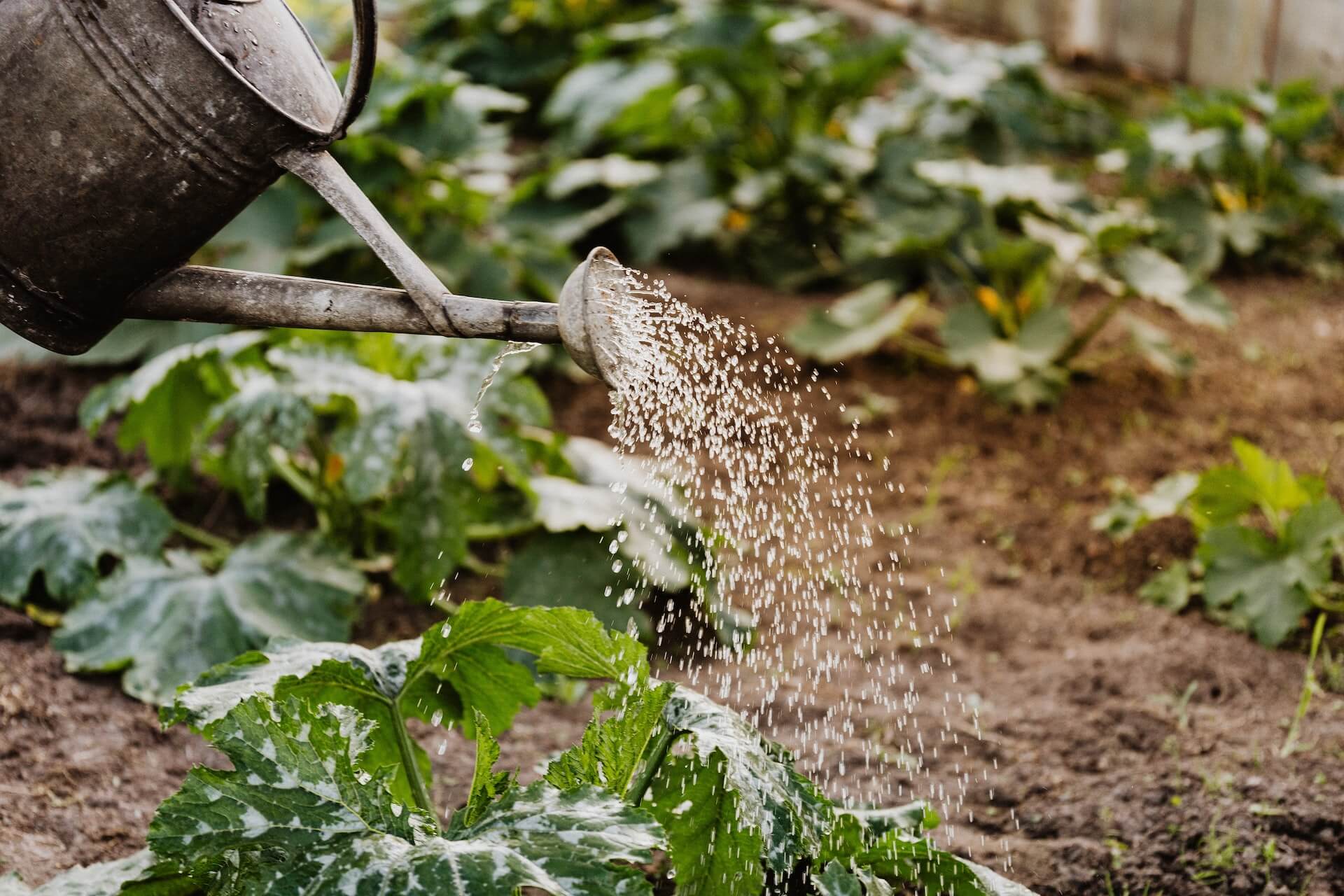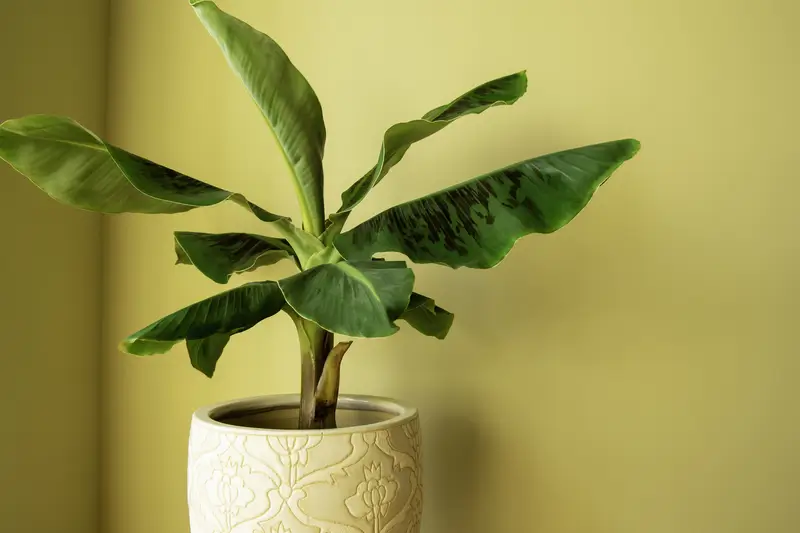Welcome To
GIY PLANTS
GIY Plants is made up of a group of gardening enthusiasts covering topics for beginners as well as seasoned gardeners. We cover topics such as houseplants, gardening, plant pests/diseases & care guides.
Newsletter

About Us
GIY Plants is made up of a group.
Gardening enthusiast covering topics for beginners as well as seasoned gardeners. We cover topics such as houseplants, outdoor gardening, edible gardening, plant pests and diseases, care guides, and tips/tricks.
Our Mission is to inspire fellow plant enthusiast in their journey with informational and helpful content.
Don’t see something on a topic you’re looking for? Check back often as we’re always adding new content.
LATEST BLOGS
Our newest published articles in the Houseplant, Gardening and Plant Pest categories.

What is Crop Rotation and Why is it Important?
Crop rotation is a pivotal agricultural practice, enhancing soil health and increasing yields. This guide elucidates the benefits and methods, showcasing its

What is a Cover Crop?
Discover the power of cover crops in transforming your garden or farm. These natural helpers boost soil health, control weeds, and pave

What is Forest Gardening?
Step into forest gardening, a sustainable way to grow food harmoniously with nature. This guide uncovers how to create a self-sustaining garden

What is a Kitchen Garden?
Unlock the freshness of home-grown flavors with a kitchen garden. This guide introduces the essentials of cultivating your edible plants, offering fresh

What Is Foodscaping?
Discover the topic of foodscaping, where beauty meets bounty in your garden. This guide covers blending edible plants with ornamental design, transforming

What Size Container Do You Need To Grow Bananas?
Are you thinking about growing bananas in containers? It’s possible! Discover the right container size to ensure your banana plants thrive. Our
